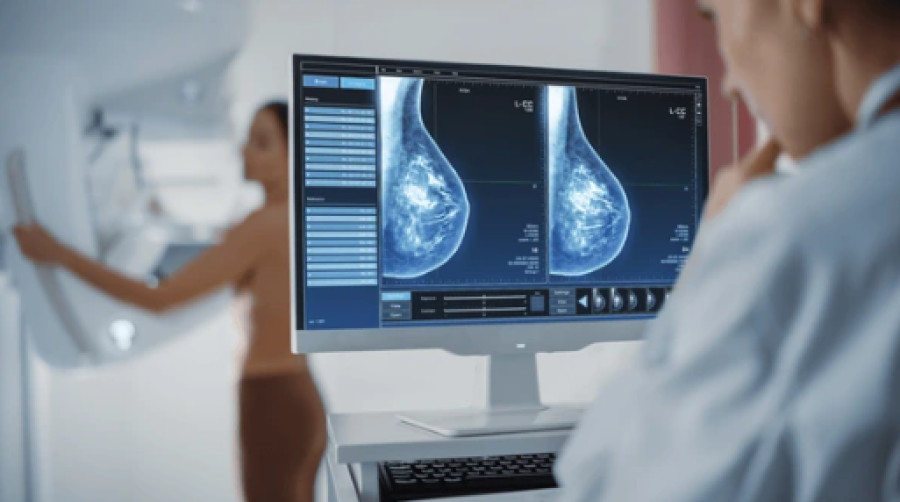Digital Mammography: The Power of Early Diagnosis

Digital Mammography: The Power of Early Diagnosis
Detecting breast cancer in the early stages can significantly increase the chances of treatment success. Mammography is a special imaging method that examines breast tissue in detail using low-dose radiation. It is recognised as the gold standard for early detection of breast cancer.
Digital Mammography and Advanced Technology
Digital mammography has replaced older analogue mammograms by taking advantage of digital photography technology. The images can be digitally stored and analyzed in detail by specialists at 4K resolution. Thanks to computer-aided programmes, images can be studied and adjustments made without the need for additional imaging.
Low Radiation Dose and Early Detection of Microcalcifications
Digital mammography offers perhaps the most important benefit of all: up to 30% lower radiation dose. This means that patients are exposed to less radiation which makes screening process safer. In particular, digital mammography enables effective and easier method to detect structures called "microcalcifications", which are the first signs of cancer, at an earlier stage.
Reduced Compression Ratio and Comfortable Browsing
Digital mammography enables lower compression rates, particularly for patients with dense fibrocystic breast structure or breast implants. This results in a more comfortable experience for patients, which in turn encourages women to have regular mammography screening.
Recommended by the “World Health Organization (WHO)”: Once a year after the age of 40
WHO recommends that women aged 40 and over should have a mammography screening once a year, unless advised otherwise by their doctor. Regular screenings can increase the chance of early cancer detection and promote a preventative approach for staying well and healthy.
Technological advances have significantly advanced breast cancer screening through digital mammography, increasing the possibility of early diagnosis.
